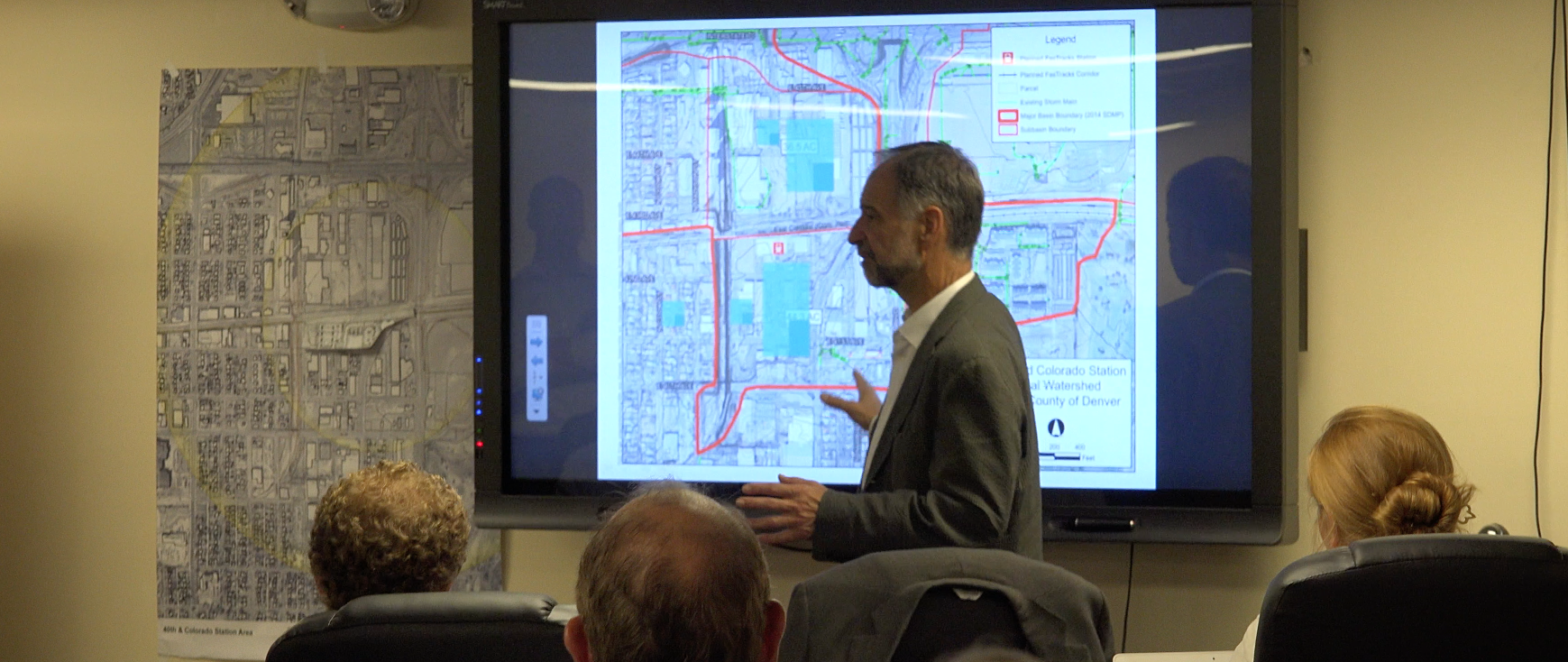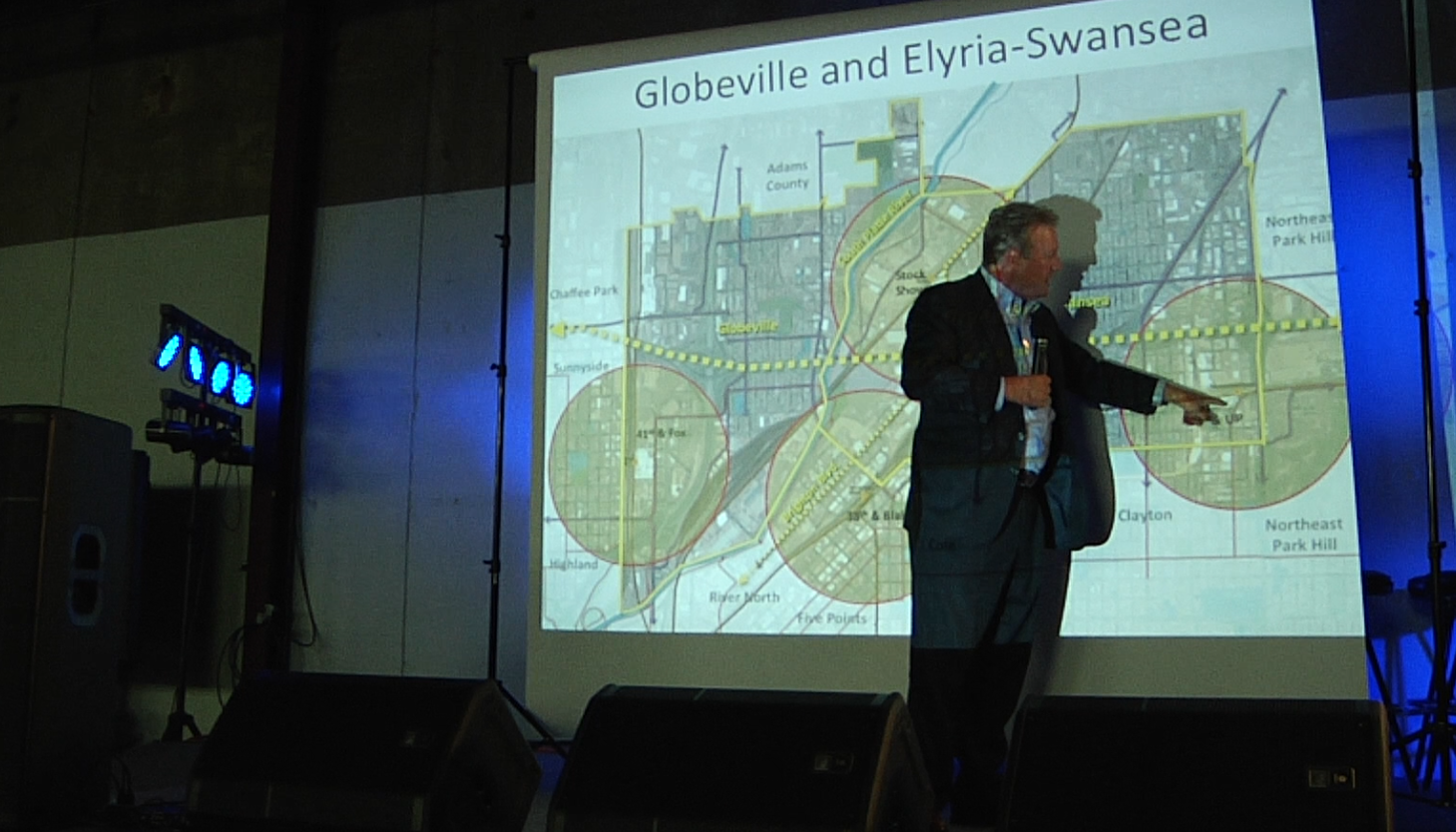The SBA just gave away millions in corporate welfare with no strings attached, to venture- capitalists accelerators. This is wrong on multiple levels.
The U.S. Small Business Administration just announced the award of millions of dollars in grants to 50 "accelerators," which are designed for venture capitalists to sift through countless startups to find the few they think can make them money. But the rationale, efficacy, and fairness of this program all need to be challenged.
The Rationale--Accelerators Produce More Jobs (NOT)
Over the last decade, the SBA has shifted its focus away from the 98 percent of small businesses with 1-19 employees, to work with very large corporations with up to $36.5 million in revenue and/or 1,500 employees. This accelerator grant program is another example of that shift.
The SBA says accelerators produce a lot of jobs, but the evidence suggests the opposite. Over the last five years, the approximately 200 accelerators in the U.S. have created between3,300 and 4,800 jobs, or a measly 700 to 960 jobs a year, at a cost of $130,000 per job created. Small businesses add around 600,000 businesses and three million jobs every year, or an average of 15 million jobs every five years; all without handouts from the government.
The Efficacy--Accelerators Product High-Growth Companies (NOT)
The SBA says accelerators produce high-growth companies. The evidence suggests otherwise.
The best data on job creation from the Kauffman Foundation shows 100% of net new jobs are created in the first twelve months of a new business. 98% of those will never have more than 19 employees (and don't want more), and less than 00.06% have more than 500. And most importantly, nobody can figure out which startup will be the freak that will grow quickly. Not a single business that has gone through an accelerator program over the last couple decades has become "high-growth", and generated tens of thousands of jobs.
In contrast, McDonalds started as a hot dog stand in 1937, and didn't start growing until eighteen years later. It was not built to be big, "high-growth", or even make hamburgers. Accelerator owners would have laughed at it.
Sara Blakely designed and started selling panty hose from her apartment because she didn't like the way her panty hose fit. In a few short years, Spanx became a billion dollar company without the help of an accelerator, or even a single penny of outside investment. And no one, including Sara Blakely, could have guessed it would become huge.
In 1996, two college kids started a company called Backrub on their college campus server. Three years later they moved out of their garage and renamed it Google, which lived in obscurity in the backwaters of the Internet for another couple years. These kids would have never survived the "pitch deck" process to get into an accelerator.
The accelerators never recognized these or any others like them, and the overwhelming evidence is they never do. The fact is, good ideas don't need to be coddled. 81 percent of the fastest growing businesses in America never took a dime of venture capital, and those that achieved the highest financial return also took no vc money. Not one of the fastest growing businesses in America on anyone's list over the last twenty years has come through an accelerator.
Throwing free money at accelerators in not an effective use of SBA funds. They would be better off lending it to small business owners with interest.
The Fairness Issue
The SBA was formed to help small business owners get interest-bearing loans, not to give free money to wealthy vc's. One recipient of the handout, the Arizona Center for Innovation, is owned by Tech Parks Arizona, which owns 5.2 million square feet of commercial office space producing over $100 million a year in revenue. Do they really need a government handout to make more money?
Just as questionable, many other grant recipients formed their accelerator in the last few months, possibly just to get the grant. Some don't have a website yet. Some haven't even opened. One is a rental kitchen that opens this month and will rotate chefs in their for-profit restaurant area. How is that "high growth"? With no track record at all, the SBA is throwing money at all these, no strings attached. It's mind-boggling and a terrible investment practice that no accelerator with integrity would support.
How does any of this giveaway make sense? This is crony-Industrialism, and an affront to the millions of small businesses slugging it out in the trenches, who are more deserving, but won't see a dime of this giveaway. The SBA has a lot of explaining to do.
by Chuck Blakeman, Author of the #1 Rated Business Book of the Year, Making Money is Killing Your Business and Top 10 business book, Why Employees Are Always A Bad Idea
Article as seen on Inc.com






 Employees Are Silent
Employees Are Silent


















